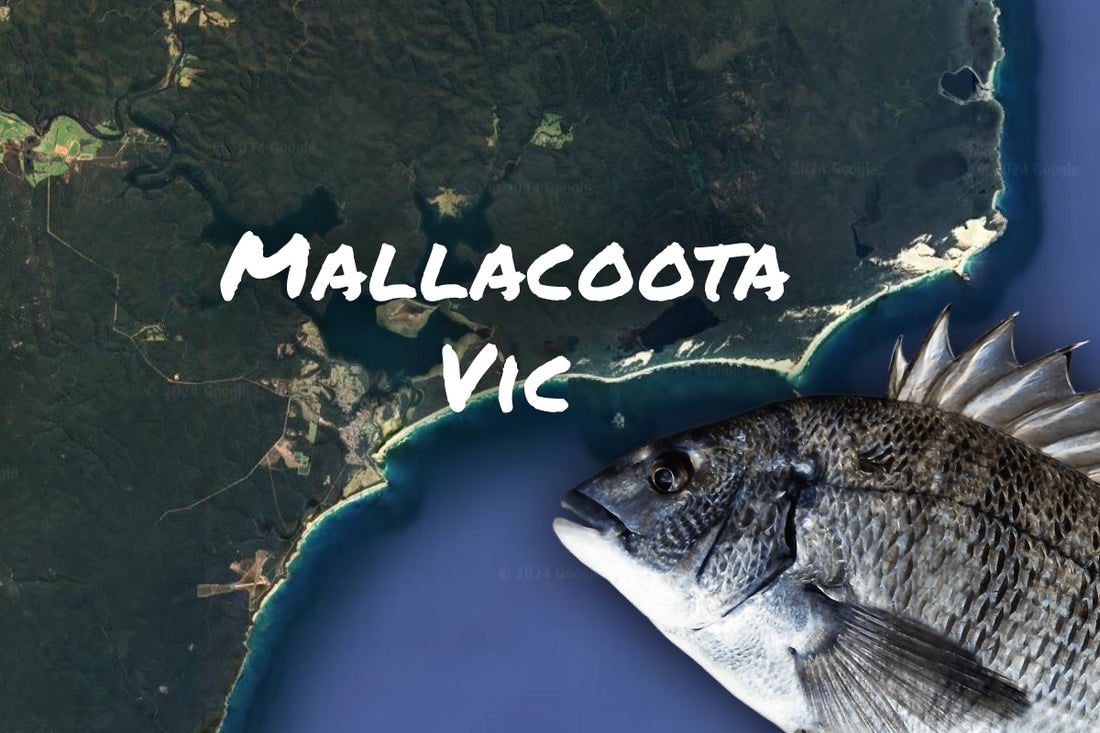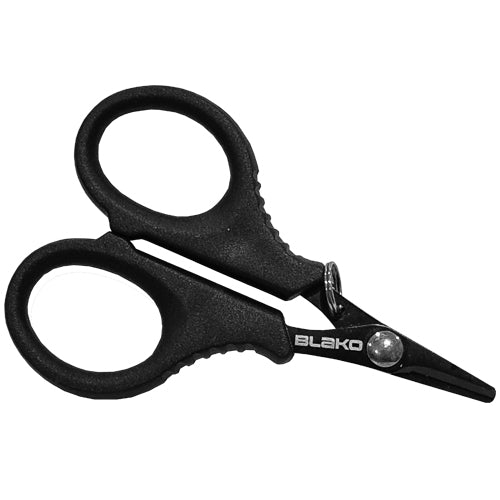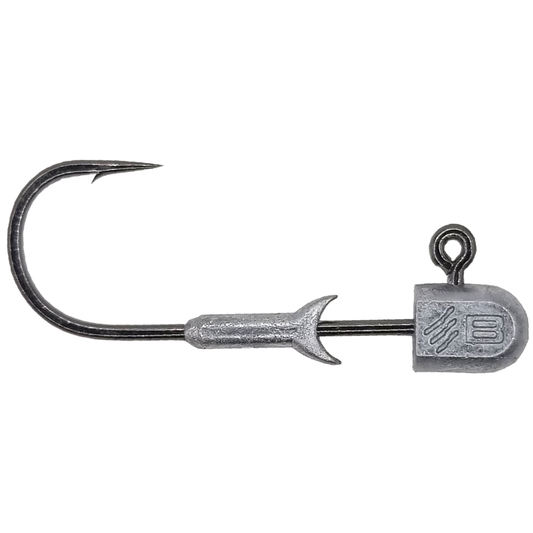
Mallacoota Fishing For Bream
Share
Lure fishing for bream at Mallacoota is a remarkable experience, offering some of the best bream fishing in Australia. Known as the “Home of the Big Bream,” Mallacoota Inlet and its surrounding waterways are famous for producing trophy-sized bream, attracting anglers from all over the country. This iconic fishing destination in Victoria’s East Gippsland region is a haven for bream, with a unique mix of saltwater and freshwater environments, abundant structure, and pristine waters that create an ideal habitat for these prized fish. The estuary’s extensive network of flats, channels, rocky outcrops, and submerged timber make it a prime spot to target bream year-round.
Mallacoota’s reputation for big bream is well-deserved, with fish frequently reaching sizes that can challenge the skills of even the most seasoned anglers. These bream are known to be particularly clever, cautious, and powerful, requiring patience and the right approach to entice a strike. To target these bream effectively, selecting the right lure is essential. The range of options includes soft plastics, hard-bodied lures, surface lures, and vibes, each with specific applications depending on where you’re fishing and the behavior of the fish.
Soft plastics are a staple for bream anglers at Mallacoota, particularly when fishing around the grassy flats, sandy bays, and weedy edges. Small paddle tails, curl tails, and shrimp imitations are especially effective in these areas, as they mimic the small crustaceans and baitfish bream naturally prey on. A light jighead paired with a natural-colored soft plastic—such as brown, green, or translucent shades—allows for a subtle, slow-sinking presentation that bream find hard to resist. Working soft plastics with gentle lifts and pauses lets them move naturally, drawing cautious bream out from cover.
Hard-bodied lures are also a popular choice, particularly when targeting bream around structure such as rock walls, jetties, and bridge pylons. Shallow-diving crankbaits are ideal for casting close to structure, while deeper-diving models work well in channels and drop-offs where bream may be holding at different depths. Using a slow, steady retrieve with the occasional pause can be highly effective, as this mimics small baitfish or crustaceans moving near the bottom. The pause often triggers strikes, as it gives bream a moment to size up the lure before committing.
Vibes, both soft and hard-bodied, excel in Mallacoota’s deeper sections and around structure where bream often lurk. These lures produce subtle vibrations that imitate the movements of distressed or injured baitfish, making them especially effective for targeting larger bream. The trick is to let the vibe sink close to the bottom, then use small lifts to create a hopping motion. This technique works well along drop-offs, in channels, and near submerged timber, where big bream are known to hide.
Surface lures come into their own during warmer months, particularly on calm mornings and evenings when bream are more likely to feed near the surface. Mallacoota’s shallow flats and weedy edges are perfect for surface lures, where bream will readily take small poppers or stickbaits that mimic insects or prawns on the surface. A slow, twitching retrieve creates a natural surface disturbance that draws bream in for an aggressive strike. Surface fishing for bream at Mallacoota can be especially exciting, as these fish hit hard and put up a strong fight when hooked in shallow water.
Mallacoota’s tidal flows and seasonal changes play an important role in the success of lure fishing. During high tides, bream often move up onto the flats and around weed beds, where they forage for food. At lower tides, they may retreat to deeper channels or hold around structure, seeking shelter and feeding opportunities. Understanding these tidal patterns and adapting your approach accordingly can make a big difference. Early mornings and late afternoons tend to be the most productive times for bream fishing, as the fish are typically more active and less cautious in low-light conditions.
Mallacoota is also well known for its unique black bream population. Unlike other estuaries where bream may migrate in and out with the tides, Mallacoota’s black bream tend to stay within the system year-round, growing large and adapting to the local conditions. These fish are known for their powerful runs and strong resistance, making each hookup a challenge. Anglers targeting Mallacoota’s big bream often use light tackle, around 2-4 kg, to feel even the lightest bites and have better control over finesse presentations. A 1000-2500 size reel spooled with 6-10 lb braid, matched with a 4-8 lb fluorocarbon leader, provides a good balance of sensitivity, casting distance, and stealth.
Given Mallacoota’s crystal-clear waters, fluorocarbon leaders are recommended for their low visibility and abrasion resistance, especially when fishing close to structure where bream are likely to make sharp, powerful runs. Using a light fluorocarbon leader allows for a natural presentation and improves your chances with these wary fish, as Mallacoota’s bream have likely seen their fair share of lures. The lake’s many structures, including oyster racks, weed beds, and timber snags, mean that an abrasion-resistant leader will also help prevent break-offs in rough environments.
Patience and finesse are key to success when lure fishing for bream at Mallacoota. These big bream are often cautious, and it can take multiple casts and precise presentations to entice them to strike. Observing their behavior and adjusting your retrieval technique can make all the difference. For instance, if a bream is following but not committing, slowing down your retrieve or adding more pauses can often tempt it to strike. Being able to adapt to the conditions and experimenting with different lure types and presentations will increase your chances of landing Mallacoota’s legendary big bream.
One of the joys of fishing for bream at Mallacoota is the challenge and skill it requires. These fish are smart, wary, and fight hard, especially the larger specimens Mallacoota is famous for. The combination of pristine scenery, diverse habitats, and the opportunity to catch trophy-sized bream makes this location a paradise for lure anglers. Whether you’re working a soft plastic along the weed beds, casting a hard body around submerged timber, or twitching a surface lure across a quiet flat at sunrise, Mallacoota offers endless possibilities for those who enjoy the art of lure fishing.
Fishing at Mallacoota is not only about catching fish; it’s about the experience of being in one of Australia’s most scenic and productive fishing locations. The beauty of the water, the thrill of the hunt, and the chance to land a big bream make every trip memorable. The “Home of the Big Bream” truly lives up to its reputation, providing anglers with a unique and rewarding opportunity to connect with these prized fish in their natural environment.
Mallacoota’s reputation for big bream is well-deserved, with fish frequently reaching sizes that can challenge the skills of even the most seasoned anglers. These bream are known to be particularly clever, cautious, and powerful, requiring patience and the right approach to entice a strike. To target these bream effectively, selecting the right lure is essential. The range of options includes soft plastics, hard-bodied lures, surface lures, and vibes, each with specific applications depending on where you’re fishing and the behavior of the fish.
Soft plastics are a staple for bream anglers at Mallacoota, particularly when fishing around the grassy flats, sandy bays, and weedy edges. Small paddle tails, curl tails, and shrimp imitations are especially effective in these areas, as they mimic the small crustaceans and baitfish bream naturally prey on. A light jighead paired with a natural-colored soft plastic—such as brown, green, or translucent shades—allows for a subtle, slow-sinking presentation that bream find hard to resist. Working soft plastics with gentle lifts and pauses lets them move naturally, drawing cautious bream out from cover.
Hard-bodied lures are also a popular choice, particularly when targeting bream around structure such as rock walls, jetties, and bridge pylons. Shallow-diving crankbaits are ideal for casting close to structure, while deeper-diving models work well in channels and drop-offs where bream may be holding at different depths. Using a slow, steady retrieve with the occasional pause can be highly effective, as this mimics small baitfish or crustaceans moving near the bottom. The pause often triggers strikes, as it gives bream a moment to size up the lure before committing.
Vibes, both soft and hard-bodied, excel in Mallacoota’s deeper sections and around structure where bream often lurk. These lures produce subtle vibrations that imitate the movements of distressed or injured baitfish, making them especially effective for targeting larger bream. The trick is to let the vibe sink close to the bottom, then use small lifts to create a hopping motion. This technique works well along drop-offs, in channels, and near submerged timber, where big bream are known to hide.
Surface lures come into their own during warmer months, particularly on calm mornings and evenings when bream are more likely to feed near the surface. Mallacoota’s shallow flats and weedy edges are perfect for surface lures, where bream will readily take small poppers or stickbaits that mimic insects or prawns on the surface. A slow, twitching retrieve creates a natural surface disturbance that draws bream in for an aggressive strike. Surface fishing for bream at Mallacoota can be especially exciting, as these fish hit hard and put up a strong fight when hooked in shallow water.
Mallacoota’s tidal flows and seasonal changes play an important role in the success of lure fishing. During high tides, bream often move up onto the flats and around weed beds, where they forage for food. At lower tides, they may retreat to deeper channels or hold around structure, seeking shelter and feeding opportunities. Understanding these tidal patterns and adapting your approach accordingly can make a big difference. Early mornings and late afternoons tend to be the most productive times for bream fishing, as the fish are typically more active and less cautious in low-light conditions.
Mallacoota is also well known for its unique black bream population. Unlike other estuaries where bream may migrate in and out with the tides, Mallacoota’s black bream tend to stay within the system year-round, growing large and adapting to the local conditions. These fish are known for their powerful runs and strong resistance, making each hookup a challenge. Anglers targeting Mallacoota’s big bream often use light tackle, around 2-4 kg, to feel even the lightest bites and have better control over finesse presentations. A 1000-2500 size reel spooled with 6-10 lb braid, matched with a 4-8 lb fluorocarbon leader, provides a good balance of sensitivity, casting distance, and stealth.
Given Mallacoota’s crystal-clear waters, fluorocarbon leaders are recommended for their low visibility and abrasion resistance, especially when fishing close to structure where bream are likely to make sharp, powerful runs. Using a light fluorocarbon leader allows for a natural presentation and improves your chances with these wary fish, as Mallacoota’s bream have likely seen their fair share of lures. The lake’s many structures, including oyster racks, weed beds, and timber snags, mean that an abrasion-resistant leader will also help prevent break-offs in rough environments.
Patience and finesse are key to success when lure fishing for bream at Mallacoota. These big bream are often cautious, and it can take multiple casts and precise presentations to entice them to strike. Observing their behavior and adjusting your retrieval technique can make all the difference. For instance, if a bream is following but not committing, slowing down your retrieve or adding more pauses can often tempt it to strike. Being able to adapt to the conditions and experimenting with different lure types and presentations will increase your chances of landing Mallacoota’s legendary big bream.
One of the joys of fishing for bream at Mallacoota is the challenge and skill it requires. These fish are smart, wary, and fight hard, especially the larger specimens Mallacoota is famous for. The combination of pristine scenery, diverse habitats, and the opportunity to catch trophy-sized bream makes this location a paradise for lure anglers. Whether you’re working a soft plastic along the weed beds, casting a hard body around submerged timber, or twitching a surface lure across a quiet flat at sunrise, Mallacoota offers endless possibilities for those who enjoy the art of lure fishing.
Fishing at Mallacoota is not only about catching fish; it’s about the experience of being in one of Australia’s most scenic and productive fishing locations. The beauty of the water, the thrill of the hunt, and the chance to land a big bream make every trip memorable. The “Home of the Big Bream” truly lives up to its reputation, providing anglers with a unique and rewarding opportunity to connect with these prized fish in their natural environment.







